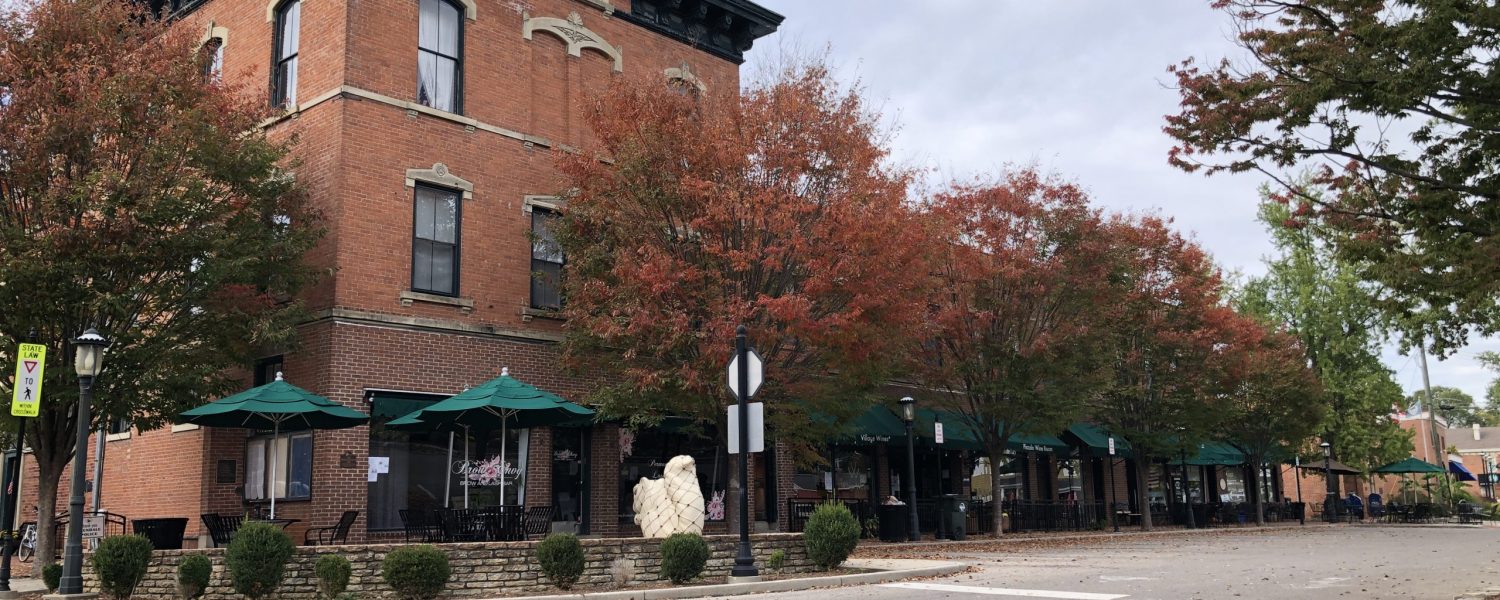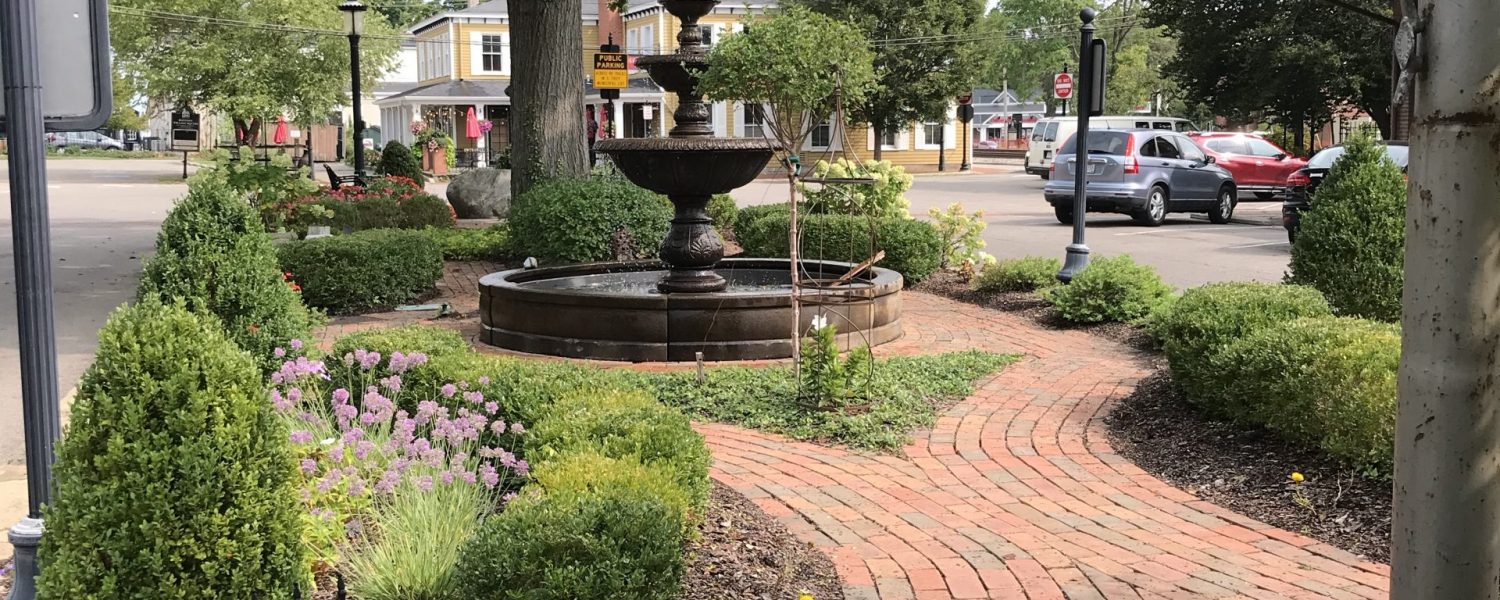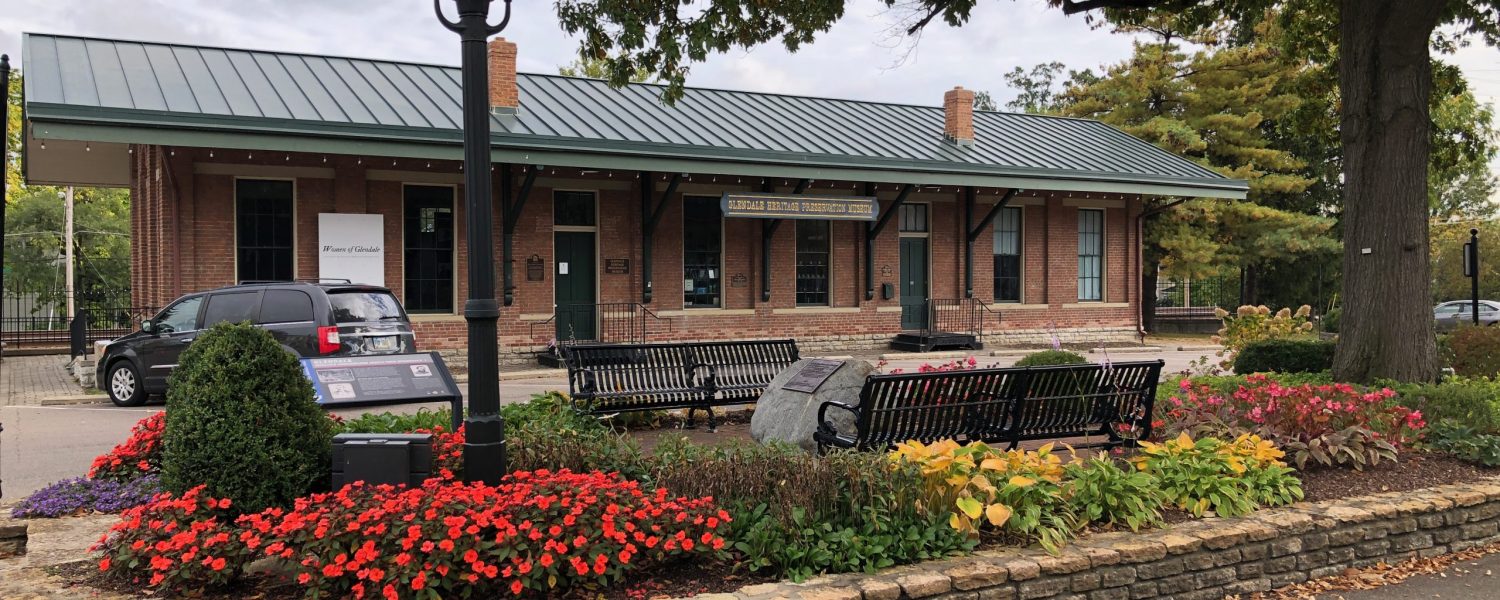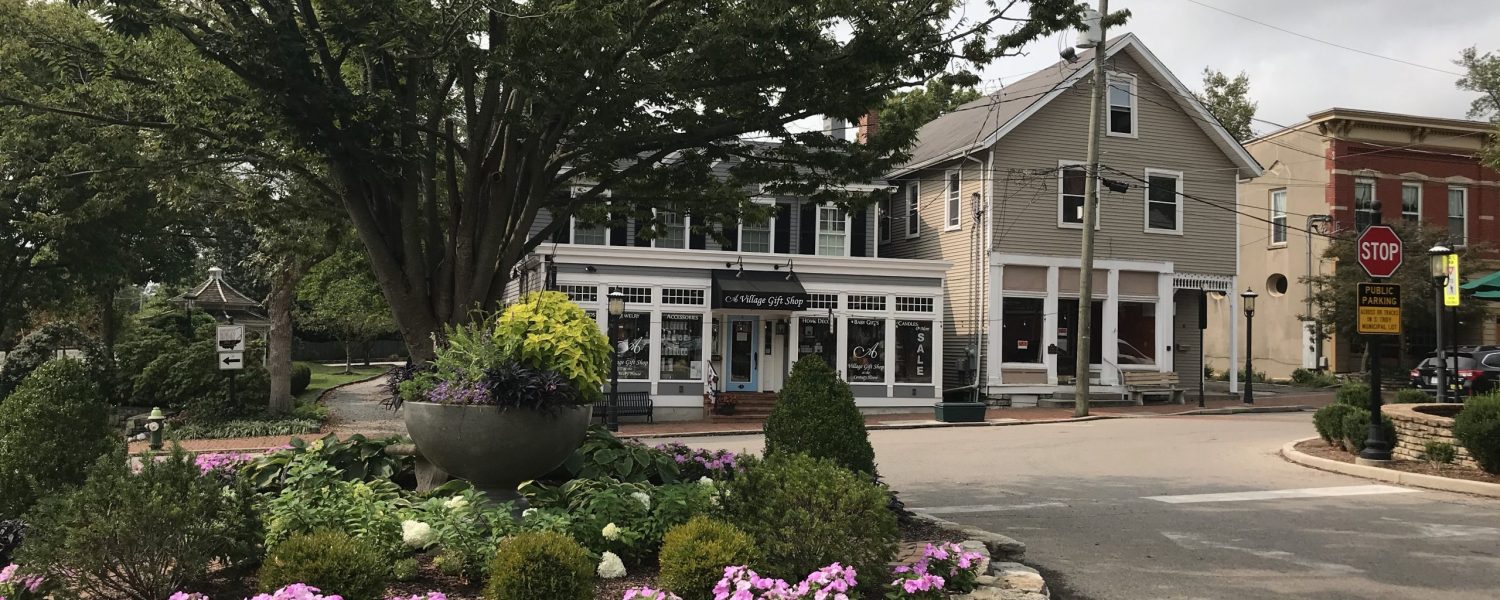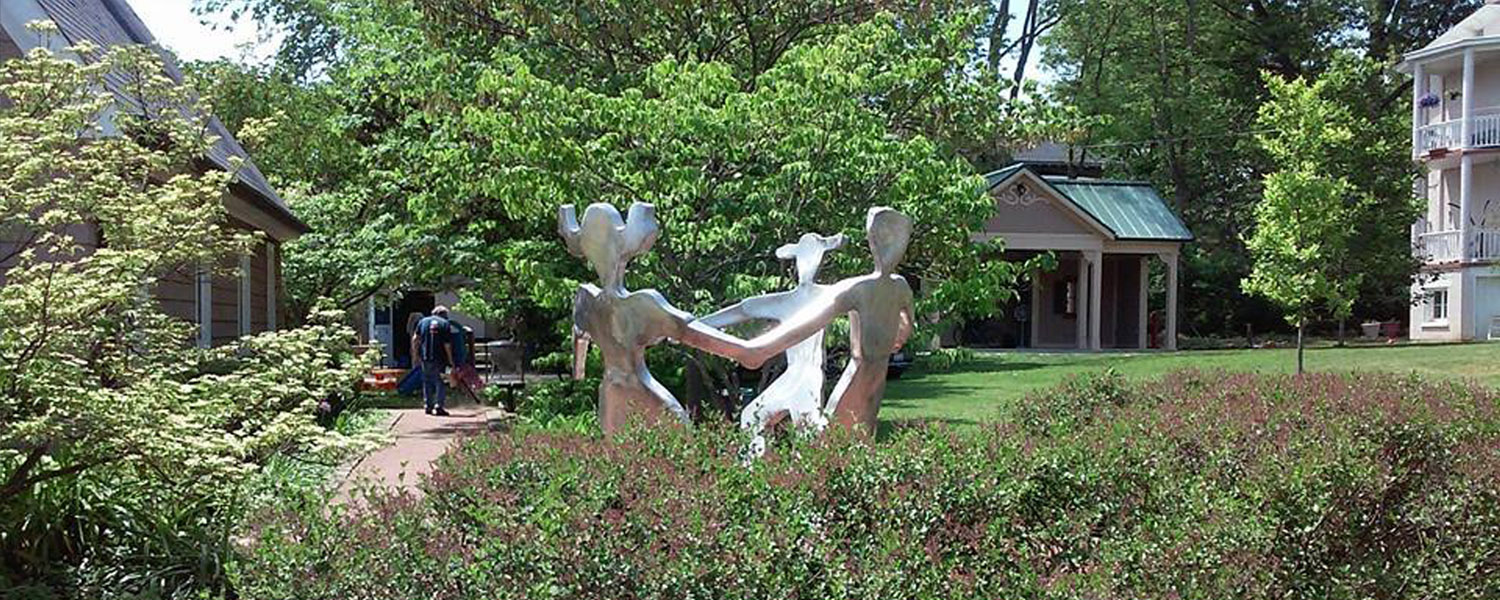Glendale Development - Gross & Dietrich Subdivision
With the coming of the railroad, a labor camp was established in the village. Upon completion of the work, many of the workers elected to stay in Glendale, where they built modest houses along the tracks. Many of the rail workers, like the canal builders of an earlier generation, were of Irish descent. “These people became construction workers, seamstresses, blacksmiths and domestics. They formed the nucleus which founded the present St. Gabriel’s [Catholic] Church in 1858”. By 1860, according to the federal population census, Irish-Americans constituted 28 percent of all village households.
In the years after incorporation, the Village’s population increased steadily. By 1860, it was 690; ten years later, 1,780. By 1880 it had slipped to 1,403, possibly because of new development in surrounding areas. A series of additions was made to the village of properties east of the railroad tracks and “outlots” west of Congress Avenue; however, in contrast to the curving streets and lot lines in the core of the village, these areas were laid out in rectilinear fashion. After the Civil War, African-Americans also moved to Glendale, establishing homes east of the tracks and in the northwest comer of the village.
The Gross & Dietrich Subdivision along Church Avenue was laid out in 1857. It consisted of 23 lots, each with frontage of 100 feet and about 300 feet deep. Not much is known about Andrew Gross, but Clement Dietrich was one of the original members of the Glendale Association; he built a large house at 20 Wood Avenue.


Clement Dietrich House at 30 Wood Avenue

St. Gabriel Church

